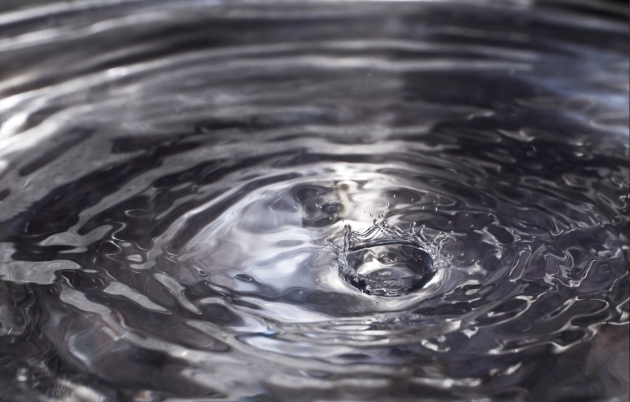We live in a culture when big is always perceived to be better and yet in many cases, this is simply not true. A water softener is a prime example and although it may be tempting to get the largest system you can afford, this is a big mistake. Many people choose a bargain water softener at a big box store with no concerns about how they will use it and the volume of softened water they need. An oversized water softener is inefficient and it can cost you a lot of money to run. In this article, we will take a look at the consequences of choosing an oversized water softener and how you can avoid this costly mistake.
A Brief Primer
When we refer to oversized water softeners, we are not referring to the physical dimensions of the equipment. During this article and in other related materials that you may see online or on the box of a water softener, you will see a lot of information about efficiency. When this term is used in relation to water softener sizes, it relates to the amount of salt and water required to regenerate the system.
The Relationship Between Oversizing and Efficiency
A good water softener sourced from a reputable dealer will be capable of adjusting the amount of salt required for each regeneration cycle. The less expensive big box units don’t have this capability and this makes them a wasteful option which costs more to run. When the salt levels can be adjusted, the amount of softening that the system can perform before it needs to regenerate is more efficient. If you install a large water softener that has a larger volume of resin, it may be possible to use lower amounts of still and still get sufficient softening capacity to meet your needs. If lower regeneration cycles are needed, you will save money on both water softening salt and water.
Understanding Water Softening Capacity
A water softener has a capacity measured in grains per gallon or gpg and larger water softening systems may have a gpg that’s too high for your needs. To get the right sized water softener it’s important to know a few details about your water usage. Some key factors include the water hardness, household size and the volume of water used per day.
When a water softener is larger, more salt can be stored in the brine tank and the salt capacity of the resin media beads is higher because there are more of them. So, in most cases, a larger water softening system can go longer between regeneration cycles. This may sound great in theory, but in practice it is not so simple, it may damage the system and it could cost more to run the water softener.
Larger Water Softeners Cost More
The cost of a new water softener is elevated if the softening capacity is higher. There is no benefit when an oversized water softener is installed which makes the extra cost a total waste of money. To put this into some perspective, the average capacity of a domestic water softener is 40,000 gpg and this would cost half of the price of a larger system with a capacity of 80,000 gpg. A larger 80,000 gpg system would be appropriate for a household with 7-8 people, but it would be complete overkill for fewer people.
Do Larger Water Softeners Improve the Water Pressure?
The short answer is no. This is a commonly held belief with no basis in fact and it can lead to buyers remorse for those that don’t do their research. A larger water softener media tank contains more resin media beads for efficient softening in those systems. The extra volume of water required to fill this resin media tank will necessitate a higher incoming water pressure to have sufficient force to move the water without reducing the flow rate.
So, if you have average or lower water pressure, you may even lower the water pressure further if you install an oversized water softener. This can also affect the regeneration cycle because the system may be incapable of moving brine solution through the media tank fast enough to clean and replenish the media beads. During the rinsing stage, the softener may still be drawing brine into the tank and the brine will not be fully drained when the regeneration cycle is completed.
Oversized Systems and Regeneration Frequency
A water softener should regenerate at least once every 1-2 weeks to keep the resin media in great shape for softening. Low water pressure issues caused by an oversized water softener may cause regenerations that are too infrequent for good efficiency. Many modern systems will regenerate with a demand-initiated system based on the volume of water used. When a certain volume is reached and there is only 25% of sodium left on the resin beads, the system will go into bypass mode and the regeneration cycle begins. This will usually take place at night when the demand for softened water is lower because people tend to be asleep.
Iron and Manganese Problems
Private well water users and those that receive hard water are likely to have a higher concentration of dissolved minerals in their water including iron and manganese. When the concentration of iron is higher, a water softener will need to regenerate more often to prevent a buildup of iron inside the resin media tank. This is known as iron fouling and the longer that manganese and iron are left on the surface of the resin beads the more damage they can cause. So, if you’ve got an oversized water softener, the lower frequency of regeneration cycles could cause damage to the resin media. Choosing a properly sized water softener that can handle higher concentrations of iron is a smarter choice.
If you’re in the market for a new water softener, contact your local water treatment specialist to help you choose the right capacity for your home.

